Results » History » Version 18
« Previous -
Version 18/20
(diff) -
Next » -
Current version
BLANCO GUTIERREZ, Andrea, 03/24/2015 12:35 AM
9. Results¶
Finally, several receiving pictures can be seen below. The first imagen of all sequences is the original received image from the satellite; thereafter, all the others are modify after being customized by some filters of the WXtoimg software in order to emphasize some parameters such as the map color of the infrared (IR) or the thermal effect.
Keep in mind when evaluating the following images presented that on March 19, 20, and 21 measurements were taken from different locations on the ground to ensure that the antenna worked fine before fixing it on the roof. After verifying that, on March 23 was established the antenna on the roof and once again the images were received from the satellite.
The time when the satellites pass by a fixed point on Earth varies slightly every day then is important to be taken into account the elevation angle and position of the satellite. These parameters are going to have a stronger impact in the quality of the resulting image. Having low elevation angles above the horizon provides worse results due to the shadowing and longer distance from the satellite to the point of reception, which also means greater losses and worse quality of reception. Neither should forget that the received signal is analog. As opposed to digital signals, it does not ensures a minimum quality. Then, it provokes greater number of dark lines at the receiving weather image due to lost data. In addition, these dark lines may also be caused by a misadjusted in the phase shift of the antenna's dipoles, which generate nulls within the radiation pattern of the antenna and do not allow the reception.
From Toulouse we can see that the satellites pass according to the sequence: Satellite 19(137.1 MHz), 18 (137.9125 MHz) and 15 (137.62 MHZ). In order to probe the antenna, the first day was taking into account the satellite 15 due to the satellite 19 and 18 had already passed at that moment, but the subsequent days several images were received from all satellites.
March 19, 2015 | 16:12 UTC¶
From NOAA 15:¶

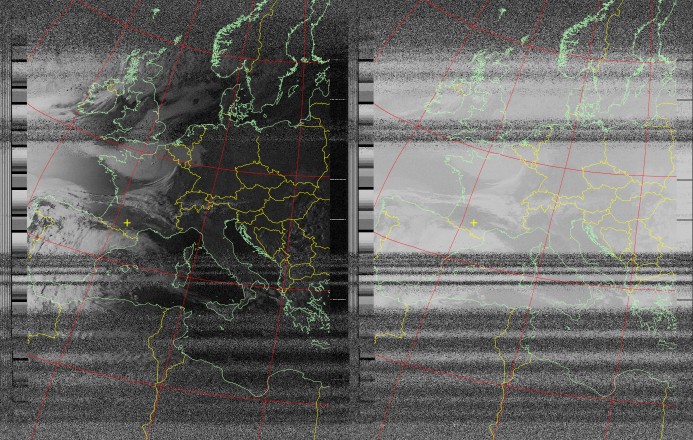
Figure 1: Original image
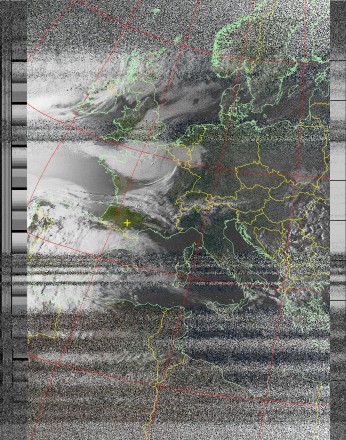
Figure 2: Zoom of the original image
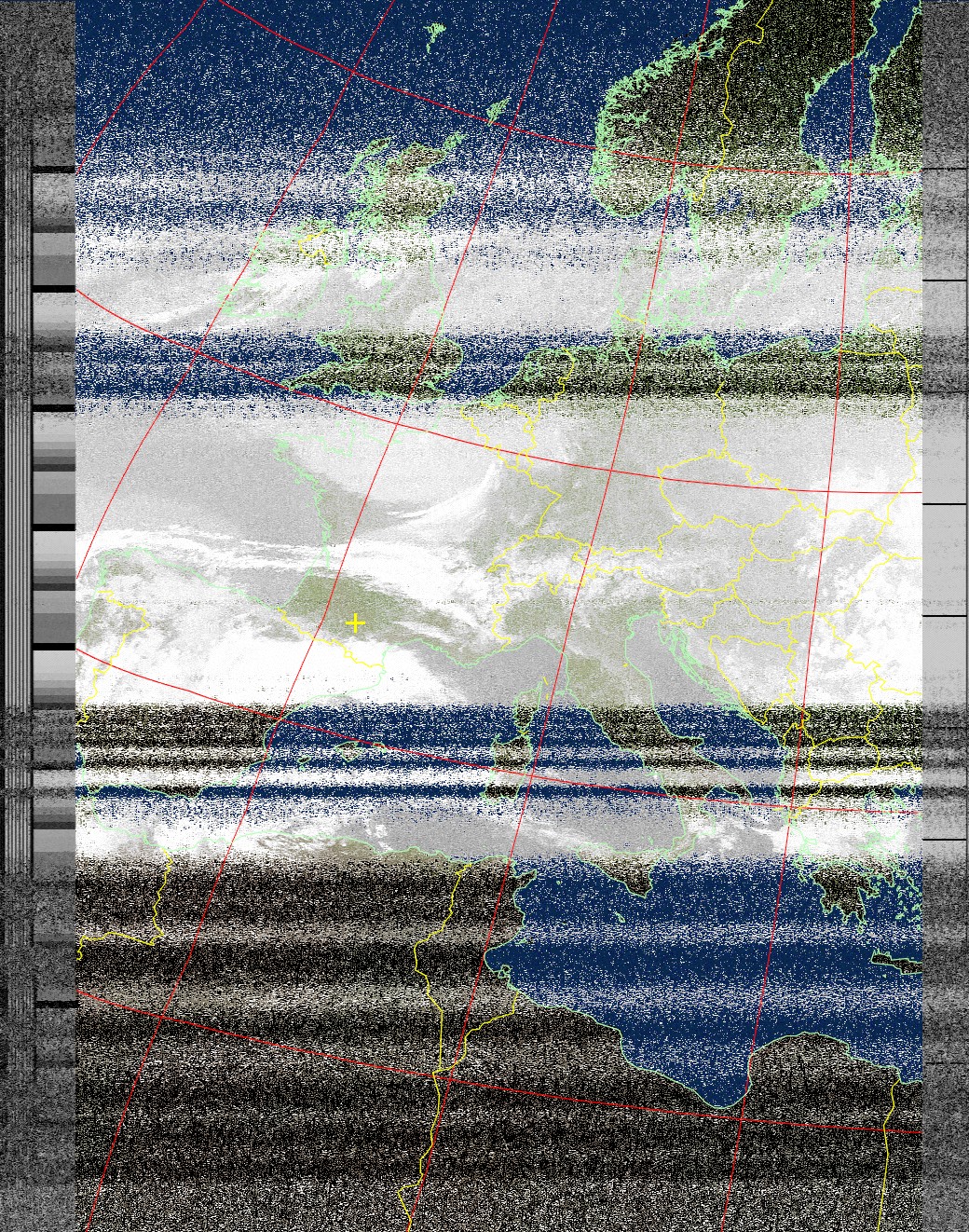
Figure 3: Image with false color filter
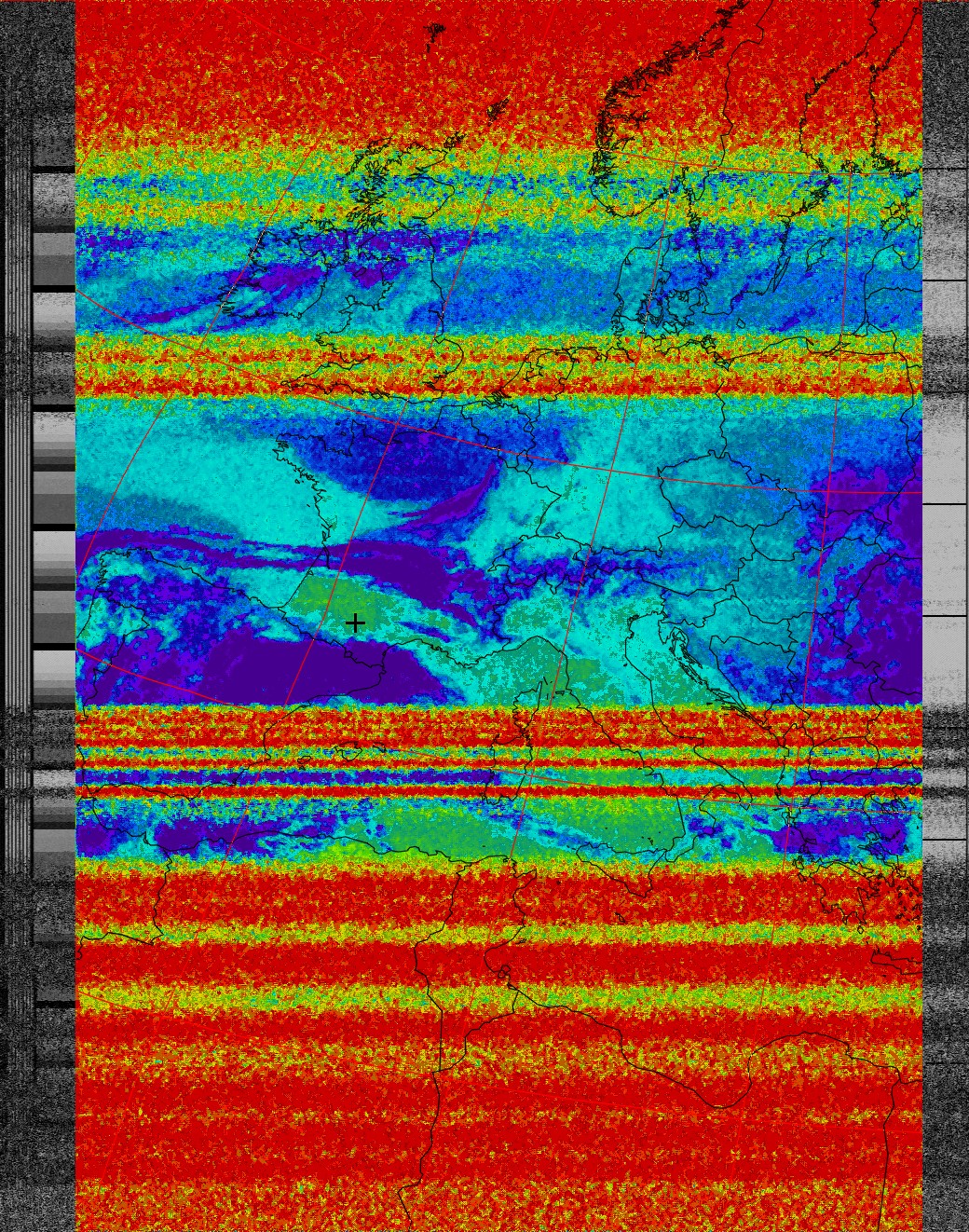
Figure 4: Image with thermal filter
March 20, 2015 | 12:29 UTC¶
From NOAA 19¶

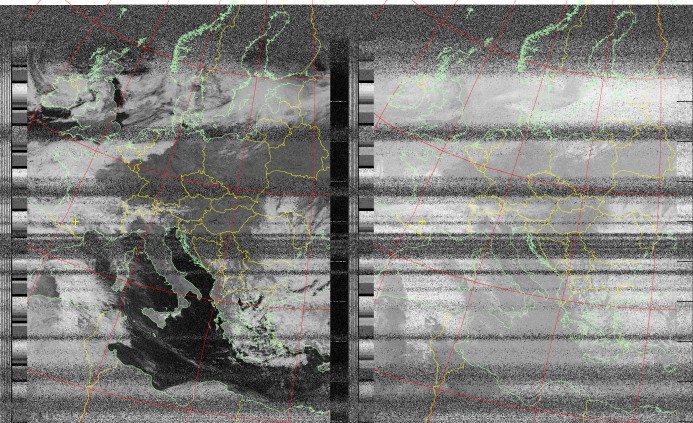
Figure 5: Original image
March 21, 2015 | 12:18 UTC¶
From NOAA 19: First pass¶
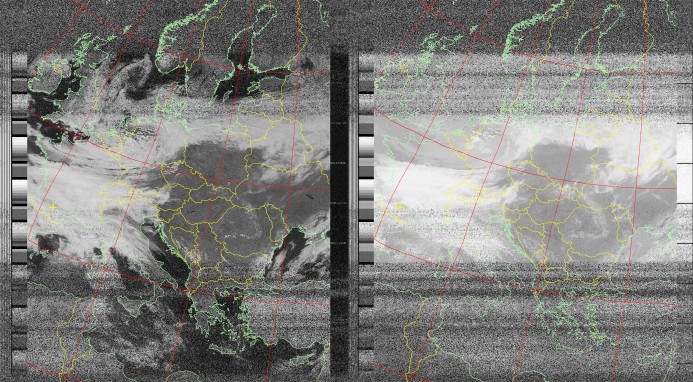
Figure 6: Original image
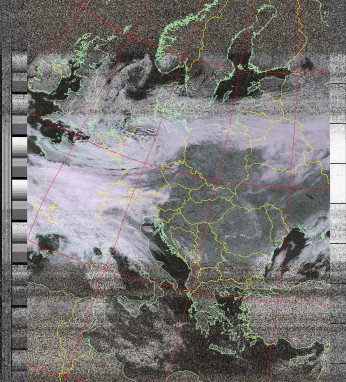
Figure 7: Zoom of the original image
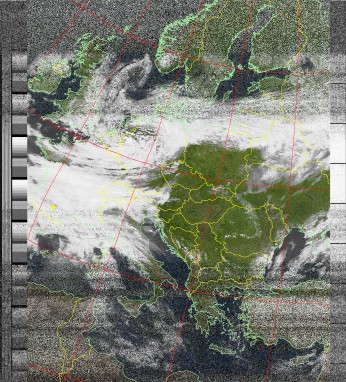
Figure 8: Image with color filter
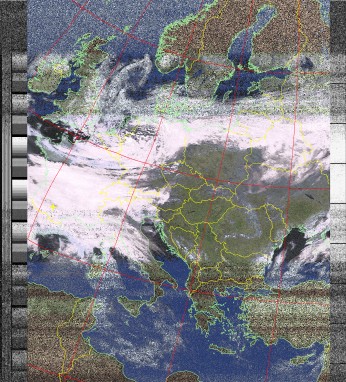
Figure 9: Image with false color filter
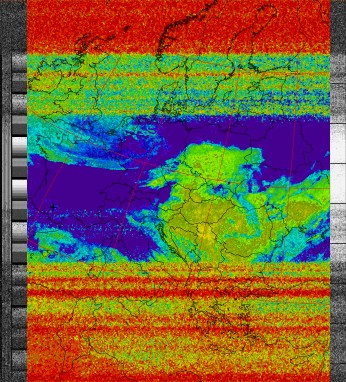
Figure 10: Image with thermal filter
From NOAA 19: Second pass¶
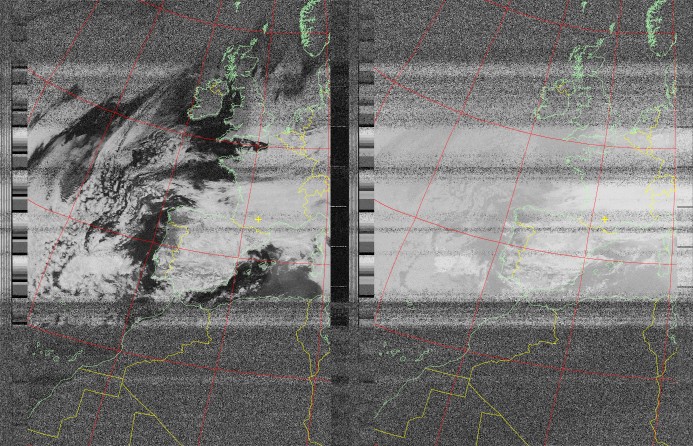
Figure 11: Original image
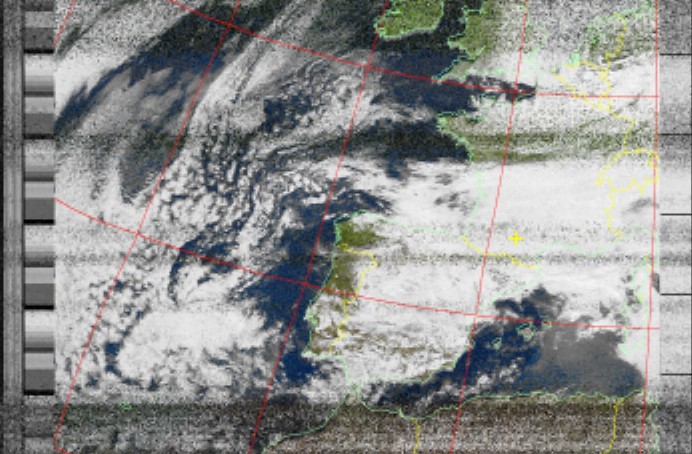
Figure 12: Zoom of the image with false color filter
